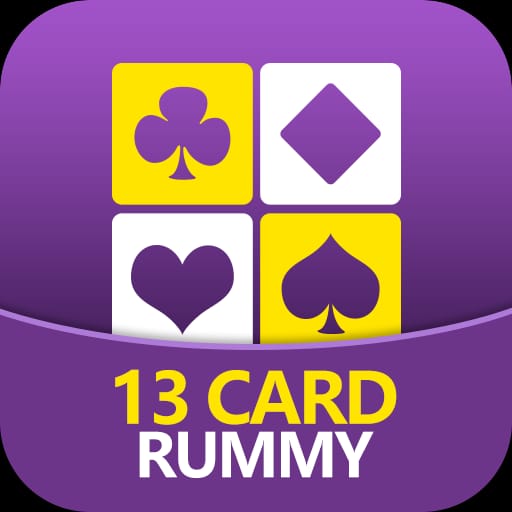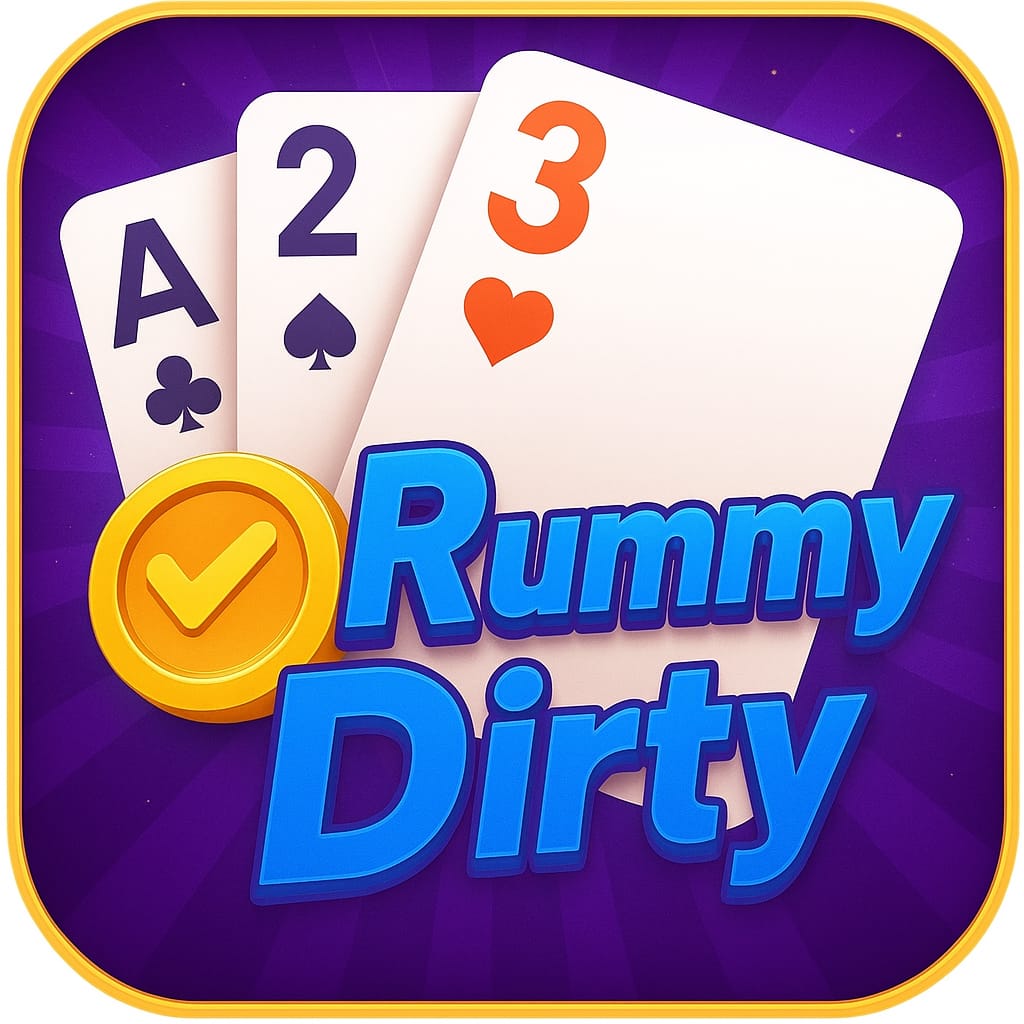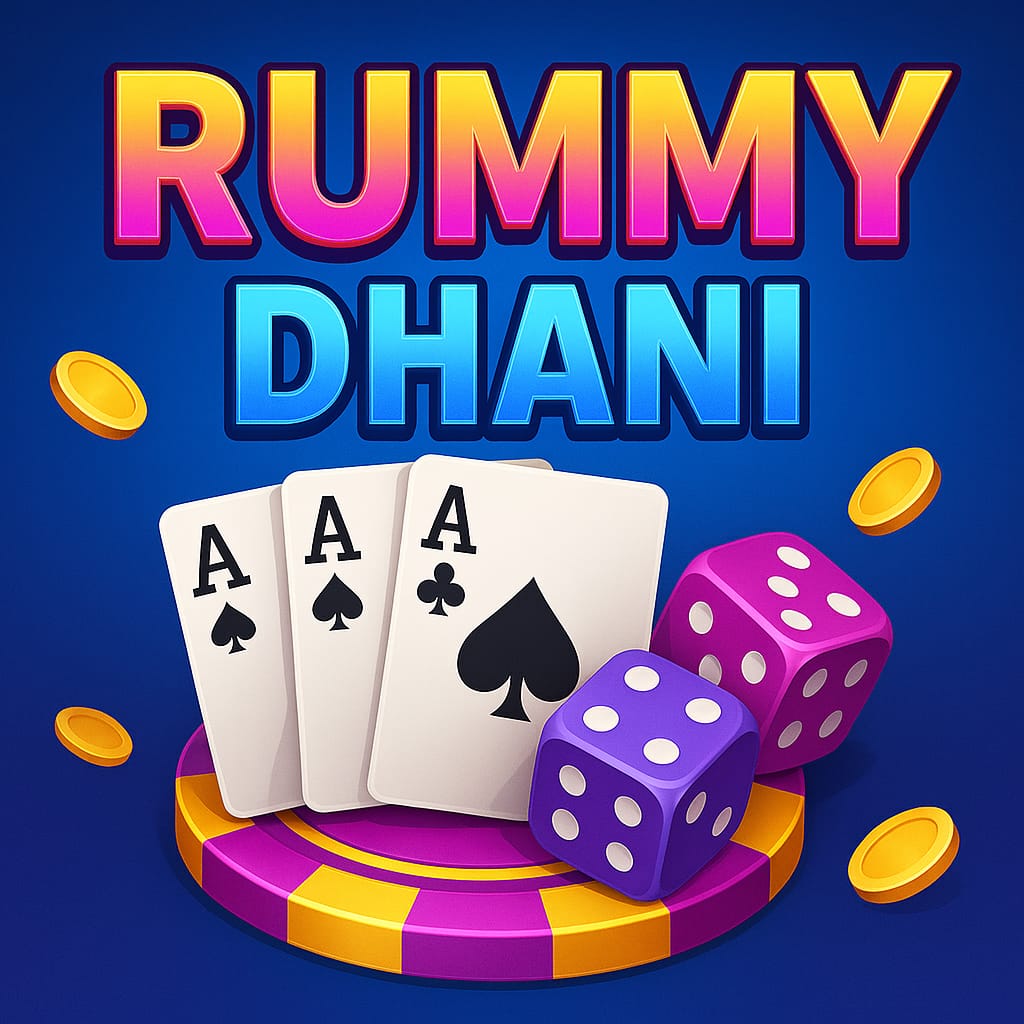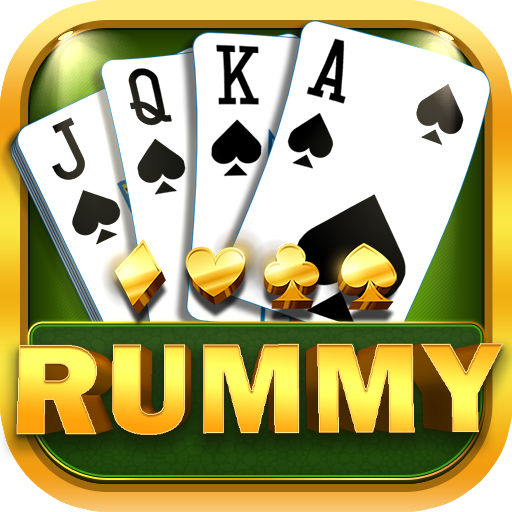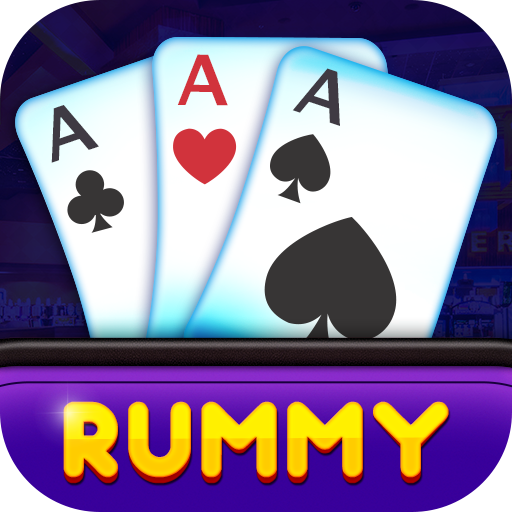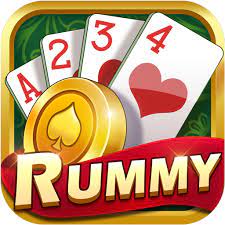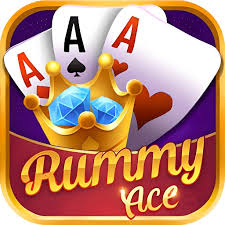Title: Mastering the Basics: A Comprehensive Guide to 13 Cards Rummy Rules
Introduction: 13 Cards Rummy, also known as Indian Rummy, is a classic card game enjoyed by millions worldwide. Its simple yet engaging gameplay makes it a favorite among both casual players and seasoned enthusiasts. In this article, we’ll provide a comprehensive guide to the rules of 13 Cards Rummy, helping players of all levels understand the fundamentals of this timeless game. Also Download Happy Ace Casino
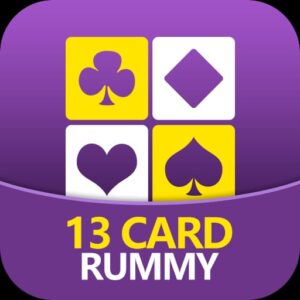
Understanding the Setup:
- Deck: 13 Cards Rummy is played with a standard deck of 52 cards, without jokers. The deck consists of four suits: spades, hearts, diamonds, and clubs.
- Players: The game can be played by 2 to 6 players. Each player is dealt 13 cards at the beginning of the game.
- Objective: The primary objective of 13 Cards Rummy is to form valid sets and sequences of cards from the 13 cards dealt to each player. A valid declaration consists of at least two sequences, one of which must be a pure sequence (without a joker).
Understanding Sets and Sequences:
- Sets: A set comprises three or four cards of the same rank but different suits. For example, 7♠️, 7♥️, and 7♦️ form a set.
- Sequences: A sequence comprises three or more consecutive cards of the same suit. For example, 4♠️, 5♠️, and 6♠️ form a sequence.
- Pure Sequence: A pure sequence is a sequence formed without the use of a joker. It is essential to have at least one pure sequence to make a valid declaration.
- Impure Sequence: An impure sequence is a sequence formed with the help of a joker. While it is allowed in a declaration, it cannot be the only sequence in the declaration.
Understanding Gameplay:
- Dealing: At the beginning of the game, each player is dealt 13 cards. The remaining cards form the closed deck.
- Draw and Discard: On their turn, players must draw a card from either the closed deck or the discard pile and discard one card to the discard pile. The discarded card should be of no use to the player.
- Melding: Players can meld their cards into valid sets and sequences during their turn. A player can also lay off cards onto existing melds on the table.
- Declaring: Once a player has formed at least two sequences, including one pure sequence, they can declare. To declare, the player must place their cards face down on the table. The validity of the declaration is then checked.
Scoring:
- Point Calculation: The point value of each card is counted towards the player’s score. Face cards (Jacks, Queens, and Kings) carry 10 points each, while Aces carry 1 point. Numerical cards carry points equal to their face value.
- Penalty Points: If a player fails to make a valid declaration, they incur penalty points based on the cards remaining in their hand.
Conclusion: Mastering the rules of 13 Cards Rummy is the first step towards becoming a skilled player. By understanding the setup, sets and sequences, gameplay mechanics, and scoring system, players can confidently navigate through each round of the game. With practice and experience, players can hone their skills and enjoy the timeless appeal of 13 Cards Rummy to the fullest. Also Download Rummy Best
